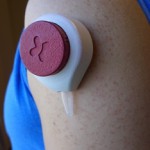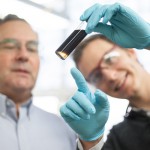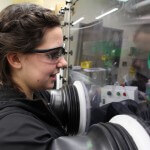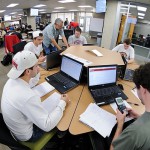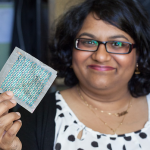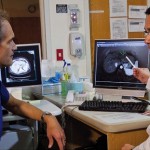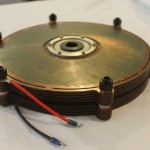Tag Innovation and tech transfer
UW-Madison engineers contribute expertise to Oshkosh Corporation
When mechanical engineering Professor Dan Negrut took his first ride in Oshkosh Corporation’s new, highly mobile armored truck in July, he marveled at the vehicle’s capabilities. Read More
WARF grants to showcase innovation
As part of its 90th anniversary celebration, the Wisconsin Alumni Research Foundation (WARF) is funding up to five projects that best fete UW–Madison’s legacy of innovation. Read More
Carl Gulbrandsen to retire from WARF in 2016
Carl Gulbrandsen, who joined the Wisconsin Alumni Research Foundation (WARF) in 1997 and became managing director in 2000, will retire in 2016. Read More
Simple sample: Federal grant advances pain-free blood tests from UW startup
A company with deep roots at UW–Madison wants to make blood sampling less painful and more convenient. Tasso Inc. is perfecting a device the size of a pingpong ball that extracts a small sample while held against the skin for two minutes. Read More
Patent office director visits for discussion about innovation and opportunity
UW-Madison, a world leader in producing patents, will welcome Michelle K. Lee, director of the U.S. Patent and Trademark Office, on Wednesday for a tour of the Wisconsin Institutes for Discovery and discussion of the future of intellectual property and innovation. Read More
First woman director of the U.S. Patent and Trademark Office visits for a discussion about innovation and opportunity
UW-Madison, a world leader in producing patents, will welcome Michelle K. Lee, director of the U.S. Patent and Trademark Office, on April 15 for a tour of the Wisconsin Institutes for Discovery and a discussion about the future of intellectual property and innovation. Read More
Wisconsin Alumni Research Foundation near the top of the patent charts for 2013
In 2013, with 160 patents, the Wisconsin Alumni Research Foundation (WARF) was near the pinnacle of the university patent heap. Read More
Physicist turns smartphones into pocket cosmic ray detectors
Soon, the growing capability of your smart phone could be harnessed to detect cosmic rays in much the same way as high-end, multimillion-dollar observatories. With a simple app addition, Android phones, and likely other smartphone brands in the not-too-distant future, can be turned into detectors to capture the light particles created when cosmic rays crash into Earth’s atmosphere. Read More





